Design Thinking - Innovative Problem-Solving
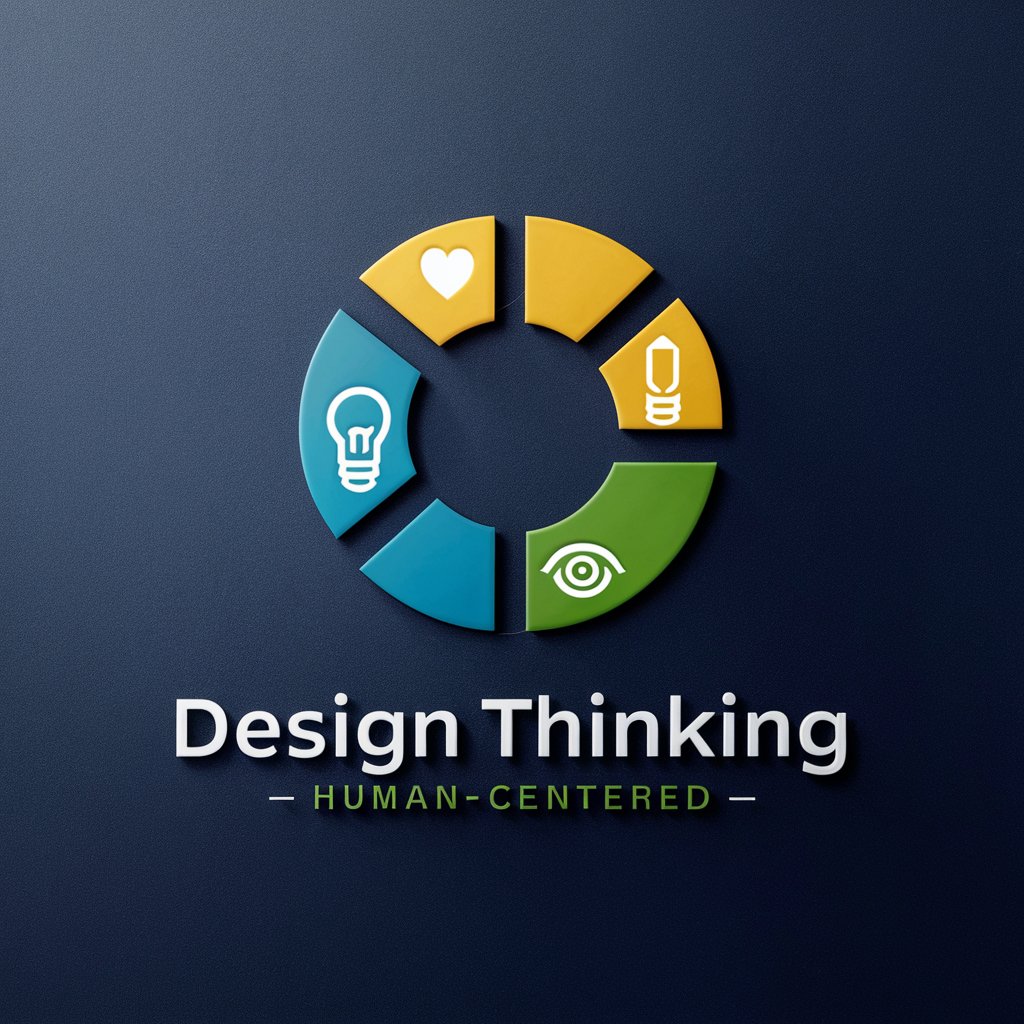
Welcome! Let's start your design thinking journey.
Empower Creativity with AI-Driven Design
Describe how you would use the Empathize phase in your project.
What challenge are you aiming to solve with design thinking?
List three innovative ideas you have for the Ideate phase.
Explain how prototyping can enhance your project's development.
Get Embed Code
Understanding Design Thinking
Design Thinking is a human-centered, iterative problem-solving process that designers use to tackle complex issues and generate innovative solutions. At its core, Design Thinking involves empathy to understand the user's needs, defining the problem, ideating on possible solutions, prototyping, and testing to refine those solutions. A classic example of Design Thinking in action is the development of the first Apple mouse by IDEO. Initially, computer mice were expensive and not user-friendly. IDEO utilized Design Thinking to empathize with users, redefine the problem, and prototype multiple solutions, eventually leading to the creation of an affordable, user-friendly mouse. This process showcased the power of understanding user needs and rapid prototyping to innovate effectively. Powered by ChatGPT-4o。

Core Functions of Design Thinking
Empathize
Example
Healthcare Design
Scenario
In healthcare, empathy maps and patient journey mapping are used to understand patient experiences and challenges. For instance, designing hospital wayfinding systems that reduce anxiety for patients navigating through the facility.
Define
Example
Educational Tools
Scenario
Defining the problem in educational technology might involve identifying specific learning challenges among students with dyslexia and focusing on solutions that enhance reading comprehension through tailored educational apps.
Ideate
Example
Sustainable Packaging
Scenario
Brainstorming sessions for sustainable packaging solutions can lead to innovative ideas like edible packaging or compostable materials, significantly reducing plastic waste and environmental impact.
Prototype
Example
Mobile Application Development
Scenario
Rapid prototyping of a mobile application to support mental health allows developers to create multiple versions for user testing, refining features such as user interface design and notification systems based on real user feedback.
Test
Example
Retail Experience Enhancement
Scenario
Testing different store layouts and digital interaction points within a retail environment to enhance customer experience and increase sales, based on observed shopper behavior and feedback.
Who Benefits from Design Thinking
Product Designers and Developers
This group benefits from using Design Thinking to navigate through the innovation process, from concept to product launch, ensuring that user needs are at the forefront of every decision.
Educators and Educational Institutions
Educators can apply Design Thinking to develop new teaching methodologies, curricula, and learning tools that address diverse student needs, fostering a more engaging and effective educational experience.
Healthcare Professionals
Healthcare professionals use Design Thinking to improve patient care and healthcare systems by developing solutions that are more responsive to patient needs, from hospital layouts to patient care protocols.
Social Entrepreneurs
Social entrepreneurs benefit from Design Thinking by ideating, prototyping, and implementing solutions to social problems, ensuring that solutions are sustainable, impactful, and truly address the needs of communities.
Government and Public Service Agencies
These agencies can use Design Thinking to improve public services and policies, making them more citizen-centric, efficient, and effective in addressing the complex needs of the public.

How to Utilize Design Thinking
Start with Exploration
Begin by exploring innovative solutions with a free, no-login-required trial at yeschat.ai, offering a seamless introduction to Design Thinking without the need for ChatGPT Plus.
Empathize with Your Audience
Engage deeply with the users or customers you're designing for through interviews, observations, and immersive experiences to uncover their real needs and challenges.
Define the Problem
Synthesize insights from your empathy work to define clear and actionable problem statements that focus on the user's needs.
Ideate Solutions
Generate a wide array of creative solutions through brainstorming, ensuring a diverse range of ideas without immediate judgment or selection.
Prototype and Test
Develop scaled-down versions of your ideas to test with real users, using feedback to refine and improve the solutions iteratively.
Try other advanced and practical GPTs
Bilingual Buddy
AI-Powered Language Learning at Your Fingertips

the guy
Empowering Creativity and Problem-Solving with AI
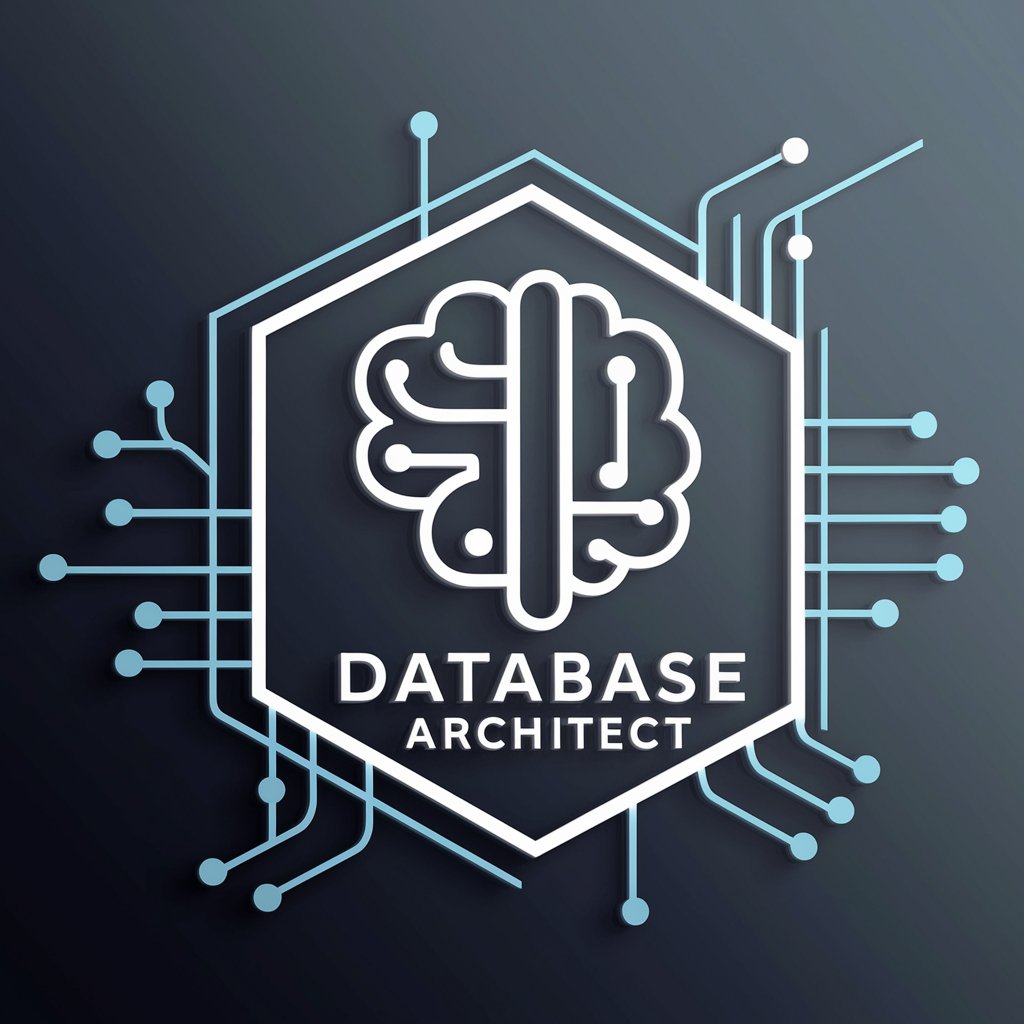
Chinese Text Transformer
AI-powered Chinese text transformation, reimagined.

UA Expert
AI-Powered Social Media Marketing Expertise

Mate - Finance Advisor
Optimize Your Finances with AI

Aussie Wealth Advisor
Empowering your financial decisions with AI

Text Improver
Elevate Your Text with AI-Powered Improvements
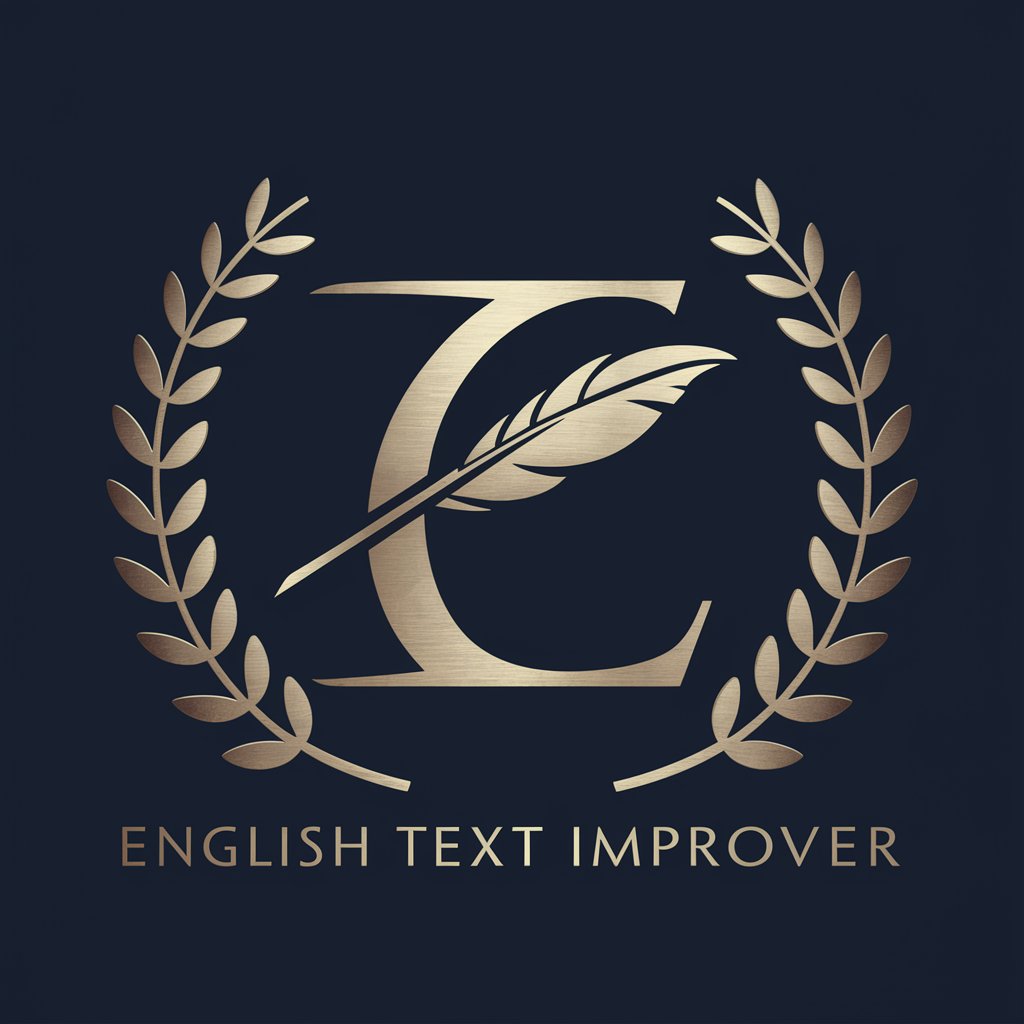
Fitness Niche Navigator
Empower Your Fitness Coaching with AI

Trans
Precision in Industrial Language Translation
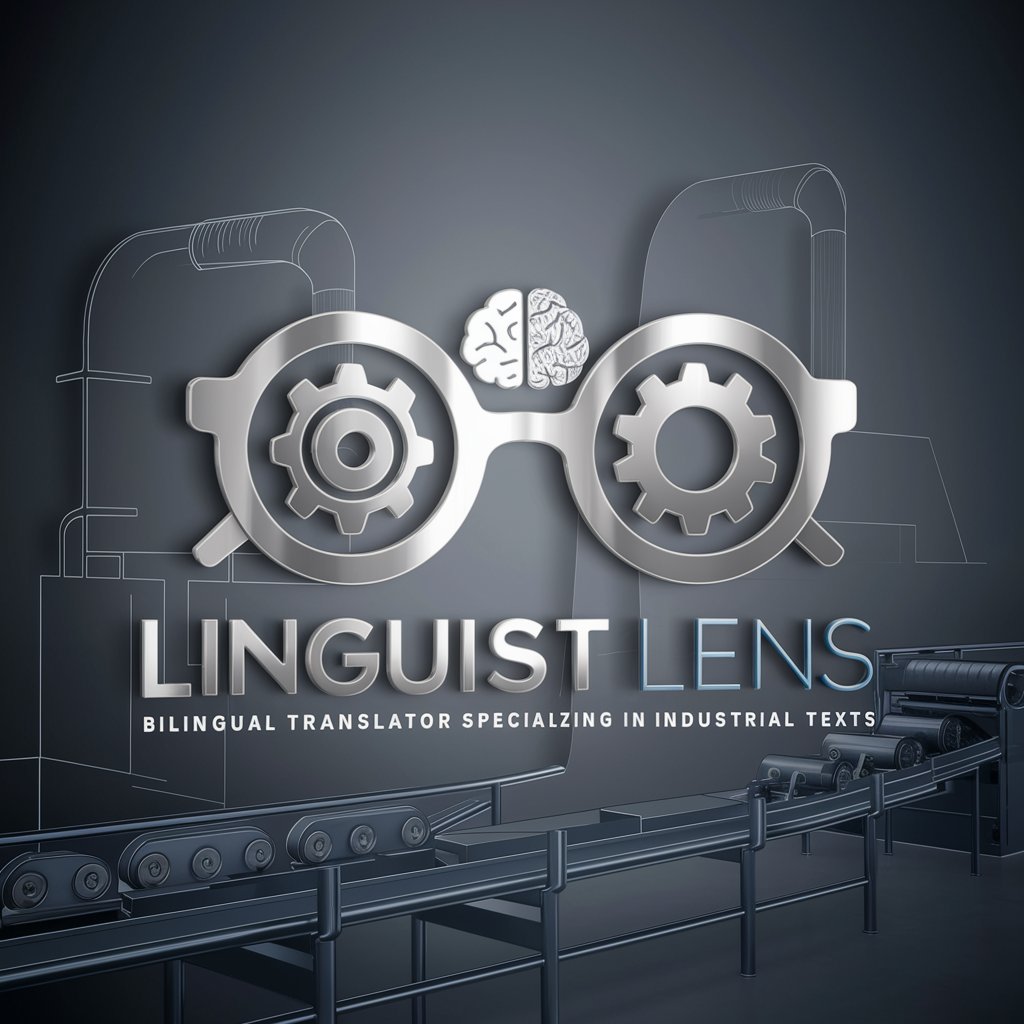
Academic Translator
Translating academic brilliance, powered by AI
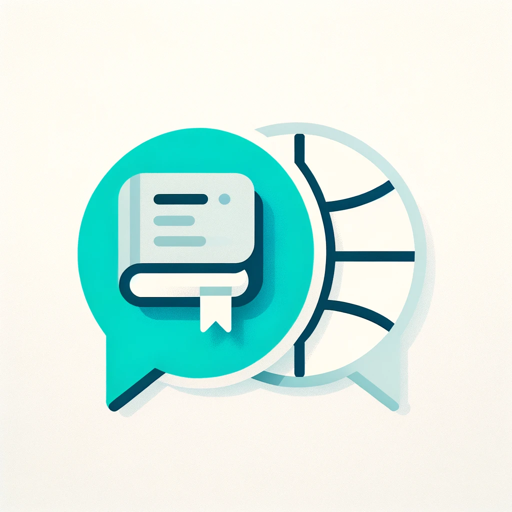
Caregiver's Bilingual Lexicon
Empowering Care through AI-Driven Language Support

English Tutor
Empower your English with AI

Frequently Asked Questions About Design Thinking
What is Design Thinking?
Design Thinking is a user-centered methodology used for creative problem-solving. It involves understanding the user's needs, defining the problem, ideating on solutions, prototyping, and testing.
Who can use Design Thinking?
Design Thinking can be applied by anyone looking to solve problems creatively. This includes businesses, educators, designers, and even individuals aiming to tackle everyday challenges.
How does Design Thinking differ from traditional problem-solving?
Unlike traditional methods that start with a solution in mind, Design Thinking begins with understanding user needs and challenges. It emphasizes iterative testing and refinement, fostering innovative solutions.
Can Design Thinking be applied to non-design problems?
Yes, Design Thinking can be applied across various fields, including business innovation, education reform, and public services, to generate solutions that are deeply rooted in user needs.
What are the key benefits of using Design Thinking?
Design Thinking fosters creativity, encourages innovation, improves problem-solving skills, and ensures solutions are user-centered. It also enhances collaboration across diverse teams.
